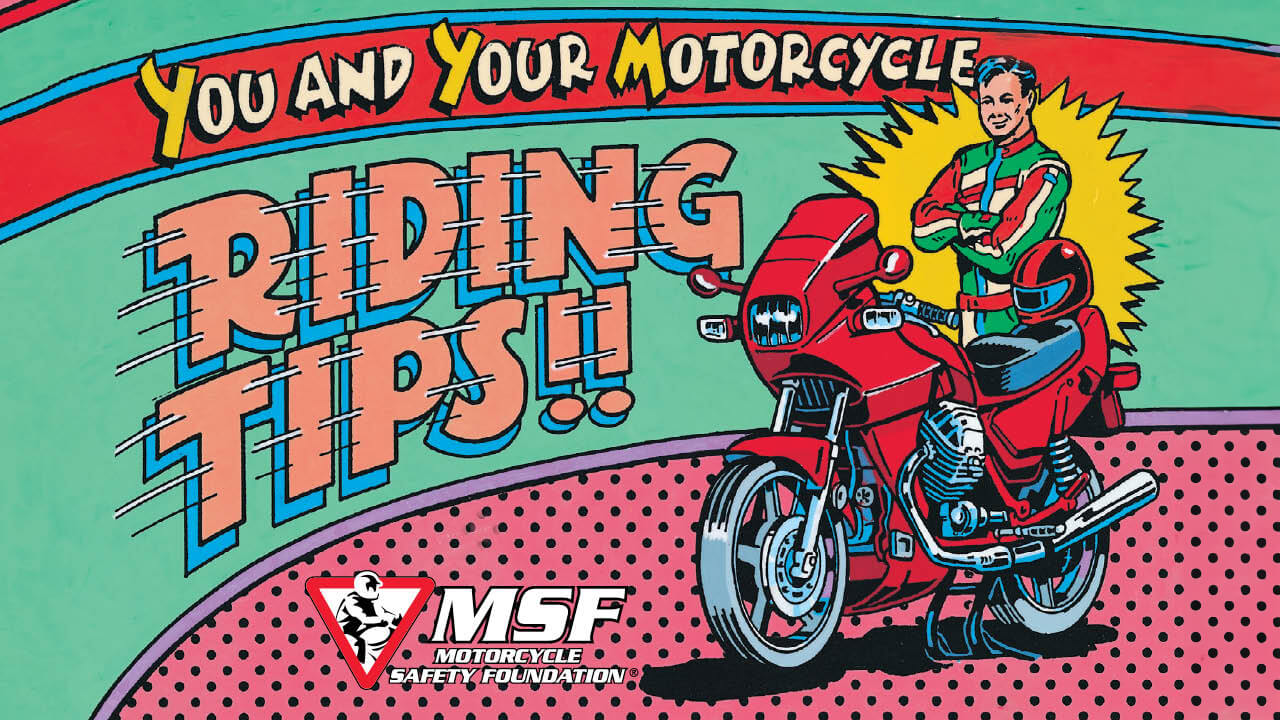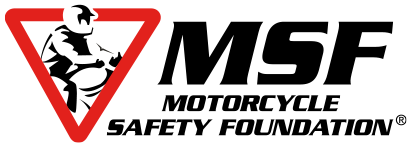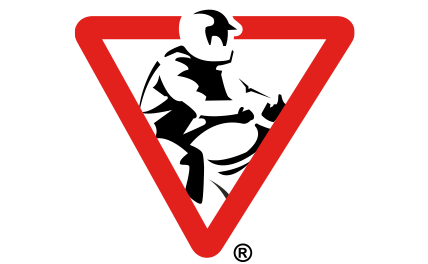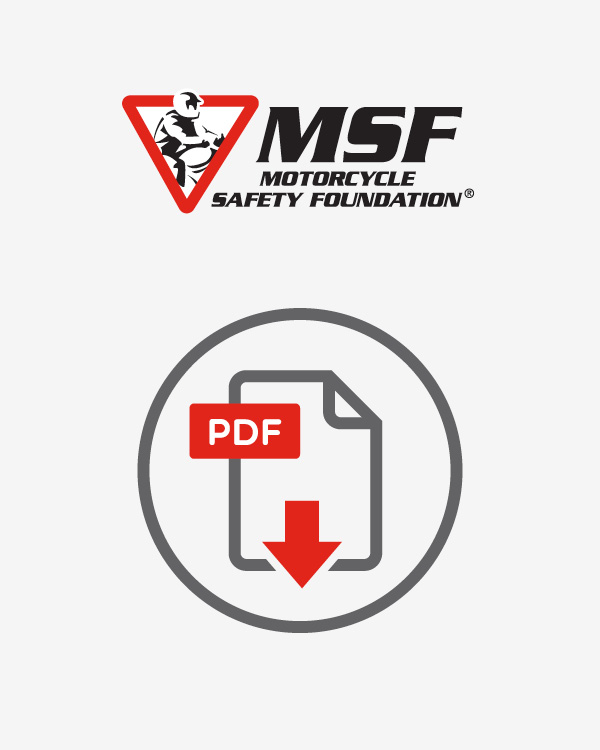
Riding a motorcycle properly is a skill you can learn. It’s not something you are born with, like having red hair or blue eyes. It takes thinking and practice to ride one well. Unfortunately, many riders never learn the critical skills to ride safely and enjoy the sport to its fullest.
The staff at the Motorcycle Safety Foundation (MSF) has prepared this booklet to provide you – the motorcycle rider – with important tips that can help you to ride safely. Read these pages carefully. Thirty minutes spent reading this information can be one of the most valuable half-hours of learning you have ever had.
You will learn about:
- Rider Gear: Essential riding gear for street motorcycles includes helmets, eye protection, jackets, pants, gloves, boots, raingear, hearing protection, and high-visibility gear. Wearing the right gear enhances safety and comfort while riding.
- Legal Responsibilities: Understand your legal responsibilities, which cover licensing requirements and the necessity of having insurance. Adhering to these legalities ensures a safe and lawful riding experience.
- Knowing Your Motorcycle: Familiarize yourself with your motorcycle’s controls, gear shifting, braking, and turning. Mastering these fundamentals is crucial for safe and effective handling of the bike.
- Pre-Ride Checks and Maintenance: Conduct pre-ride checks and maintain your motorcycle regularly. This includes inspecting tires, controls, and ensuring all lights and signals are functioning properly.
- Road Awareness and Safety Strategies: Implement the SEE system (Search, Evaluate, Execute) for heightened road awareness. Techniques for increasing your visibility to others and enhancing your ability to see other road users are vital for safety, especially at intersections.
- Handling Special Situations: Learn to handle special situations like emergency braking, braking while leaned into a curve, coping with skids, and navigating across poor road surfaces, including steel bridge gratings and rain grooves. Understanding how to ride in rain and wind, and how to deal with animals on the road, is also crucial.
- Equipment Failures: Prepare for equipment failures such as blowouts, a stuck throttle, or a broken clutch cable. Knowing how to respond to these situations can prevent accidents.
- Group Riding and Passengers: Group riding and carrying passengers require specific considerations. Adhere to guidelines for group riding formations and ensure that passengers are well-informed about safety and riding protocols.
- Loading the Motorcycle: Secure all loads on your motorcycle, using bungee cords or cargo nets for items like groceries. Utilize a tank bag for optimal weight distribution near the bike’s center of gravity. Ensure nothing on the gas tank or inside the fairing interferes with steering for safe riding
- Drugs, Drinking, and Riding: Be aware of the dangers and legal consequences of riding under the influence of drugs or alcohol. Riding sober is essential for your safety and that of others on the road.


